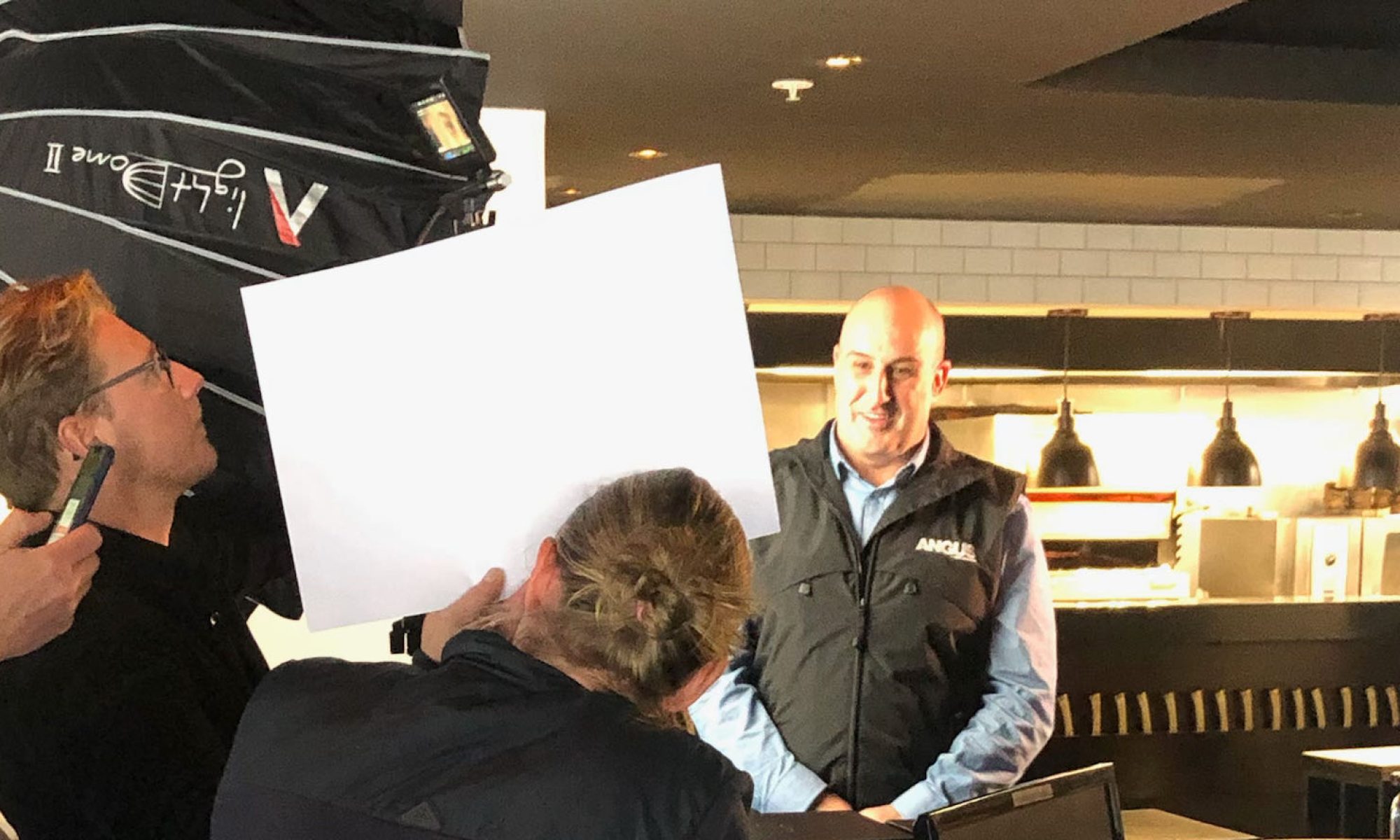Rangi Sewell was 16 years old on Crete. A member of 28 Maori Battalion, he told some fine stories of his time as a runner. He spent a lot of time taking messages on foot between various units as the german parachute assault took place. He recalls the bayonet charge that the New Zealanders did and in which 28 Maori Battalion took part. I took this picture of Rangi talking to international media.
Bush Bashing & Finding the Canterbury Lads: Galipolli 2000
I have been to Galipolli twice. The first time I did not land but rather cruised up the Dardanelles on a ship. The next time I joined the small group of NZ soldiers serving in Bosnia with NATO. It was the 85th anniversary of the landings so there was a huge crowd expected. We visited the museum the day before ANZAC day and got our heads around the sheer presence of the place. The museum is packed full of shocking photos, artifacts, human bones and interesting things like bullets that had hit each other in mid air and melded together! It was a day of taking it all in. I visited ANZAC cove where the Kiwis came ashore and saw the first cemetery that had New Zealand men. Many so young, most under 20.
ANZAC cove was quite an emotional sort of a place. As a soldier it was a campaign I had studied and heard so much about. It was a defining moment in the history of our country, certainly of the NZ Army. I think the thing that affected me the most was understanding just how far away from home these men were and just how big the task was they were expected to do first up in a long war!
ANZAC day itself was heaving. The Australian and New Zealand Prime Ministers were present and so were a large NZ Army contingent do the formal ceremonial parades and memorial guards. The Bosnia Contingent left two vans in the huge line of traffic and we walked the last few km to the Dawn Service. The road was littered with bumper to bumper traffic and there were many thousands of Aussie and Kiwi backpackers. The sunrise over ANZAC cove and the service gave the place a mystical feel and the crowd was very silent. The bugler doing the Last Post chilled us all.
The rest of the day was spent walking up the cliffs and visiting the ceremonys and many different battle memorials. I enjoyed the main Australian service at “Lone Pine” and then the New Zealand ceremony at the “Chunk Bair” memorial. The New Zealand Defence Force Cultural Group performed the Haka and the Prime Minister spoke. Turkish soldiers had a very high profile presence as part of the security. This first photo was taken at the Chunuk Bair Memorial.
After the service and reading the role of those killed from many New Zealand Regiments, we decided that rather than take the long track back down the cliffs, the direct “bush bashing route down a large ridge line would be a better way to get to the vehicles. The Infantry Section that was with us led the push with the scouts up front finding the way through heavy scrub, blackberry type bush, rusted equipment and trenches. After a long walk through a river bed finding small plots full of Indian and Canadian soldiers, we came across a small cemetery of 25-30 plots. Closer inspection found it was in the main full of men from the Canterbury Regiment at “Outpost 1”. This second picture is taken in this quiet spot.
Researching it after I returned to NZ it seems these men were killed trying to outflank the enemy. Caught in the open by raking machine guns. Our drivers walked back for the vehicles while the remainder of us waited in the sun in that quiet spot for several hours. I spent the time reading each headstone and leaving poppies. It felt good to be with these guys for a while because given their location so far from the main walkways it was obvious not many visited them.
Gallipoli for me was just somewhere I had to go in my life. It was a “bucket list thing” I now realise and the experience was amazing. Turkey is such a full on diverse place but the people are warm and friendly and whilst they without doubt enjoy the tourists dollars that the area brings, they genuinely seem to care. The plots and sites are well tended and looked after and their attitude is quite refreshing. Then there is the carpet trade they rob you blind on, but that is another story!
As ANZAC day rolls around I always reflect on those guys who stepped up, got stuck in and now lie so far from home. That is why we remember them.
Like this article? Other ANZAC Tributes and Topics
ANZAC: Johnny McNutt- A Good Southern Man: RIP Published 21 Apr 10
The “Ted d’Augvergne Bottle in the Hotel” story. A tale of intrigue from Waimate, NZ. Published 19 Apr 10
Who the Hell is Private David Nelson Wright? A local man killed in Vietnam. Published 5 Feb 10
ANZAC: Johnny McNutt- A good Southern Bloke: RIP
(Acting) Major John McNutt (Link to initial article) was killed in Kuwait on the 12th of March 2001. It doesn’t seem like nine years ago to me, but no doubt his family will attest to the passing of time.
John was a friend of mine. It shocked us all that he was killed on a training exercise by an American bomb. Could have happened to anyone in a simialr training activity! Whilst it was pretty random, I guess you have to remember that calling in close air support from a fast jet is tricky and risky. Yet this was an essential skill for someone in Johns role to know.
John was a good southern man. He had West Coast blood in his veins and was academically gifted. He had attended St Andrews College and was a graduate of the Australian Defence Force Academy and the Royal Military College (Duntroon) where New Zealand sends a handful of trainees each year. He was very fit, a mad man on the rugby paddock and well liked. He had been with the New Zealand Special Air Service (NZSAS) for a short period of time only before his posting to Kuwait. This picture shows him sitting in the cockpit of an American Apache helicopter shortly before his death, a man always eager to learn and explore!.
I got to know his family well in the days after his death as I worked to help manage the media interest in the story as the NZ Army got him home to his family. His funeral was huge and it reflected his life. Packed with family, fitness, lots of sport, friends, hunting, the outdoors and a pursuit of adventure. His father Goodwin was a pioneer of the early helicopter deer catching days in Westland (a daredevil in his time) and his mother Mary was lovely, so strong and full of love for her son. Both were amazing in their ability to accept and forgive the cause of the accident.
As ANZAC day looms, I always remember those who made the ultimate sacrifice in service of their country. In Johnny’s case it was a friendly bomb and a bad mistake, but he died on active duty and training so as to excel in his chosen profession of arms.
John McNutt is and will remain well remembered.
Other ANZAC Tributes and Yarns;
ANZAC: The Ted d’Auvergne (Bottle of Beer) Story
Private Ted d’Auvergne was a farm lad from my home town of Waimate. Well to be exact he came from a little settlement just through the Waimate Gorge called Waihao Forks. I have known of his story since I was a very young and I was lucky enough to find myself in Crete, Greece for the 60th anniversary of the German airborne invasion.
During this time the New Zealand Division fought hard to repel the attack from a huge airborne German force which dropped from the sky but along with other allied troops were forced to withdraw from the Island.
You can read the finer details of Ted’s story here (link). In summary;
- Before catching the train to war Ted stopped in for a beer at the Waihao Forks Hotel (as you do!).
- He left one bottle behind the bar with the publican with the intention of drinking it on his way home (from the war).
- He was killed in action during the fighting on Crete and was buried there.
- The bottle has been handed on as the pub has changed hands and is now in a small protected case which sits in the corner of the bar.
- Each ANZAC day a small local service takes place and a poppie is put into the case.













